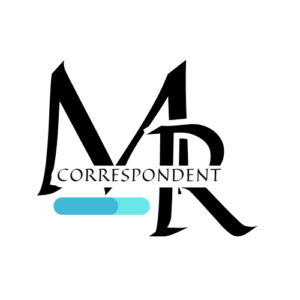President Trump will stop short of immediately imposing tariffs on imported products on Monday, but will issue an executive order directing federal agencies to begin studying a broad list of trade issues that could ultimately result in taxes on goods from China, Canada, Mexico and other countries in the coming months.
The decision suggests that Mr. Trump is taking a more measured approach to fulfilling a key campaign promise of using tariffs to reorder America’s trading relationships. It will also delay — at least for now — fights that have been brewing with foreign governments, which have promised to answer Mr. Trump’s levies with tariffs of their own.
The topics Mr. Trump will direct his officials to investigate in an executive order Monday will be extensive, including trade deficits and trade deals signed with China, Canada and Mexico. That could tee up the ability of the president to deploy tariffs on numerous targets for many different reasons, potentially scrambling international supply chains and spawning global trade wars in the weeks and months to come.
The executive order will direct federal agencies to examine unfair trade and currency practices and to assess whether foreign governments have complied with terms of the two trade deals Mr. Trump signed in his first presidency. It will also require the government to assess the feasibility of creating an “External Revenue Service” to collect tariffs and duties
Mr. Trump is also ordering a study of tariffs that the United States has imposed for national security reasons, as well as the use of a special trade exemption, called de minimis, that allows low-value goods to come into the United States tariff free. That loophole has allowed large volumes of Chinese goods to escape the tariffs Mr. Trump slapped on China during his first term. The details of the executive order were earlier reported by The Wall Street Journal.
While Mr. Trump has decided to hold off on tariffs for now, his advisers say he remains more convinced than ever that they can be used to great advantage.
The president and his advisers have been favoring a combination of policies, including a universal tariff on foreign products, a higher tariff on China and separate measures that could address the trade relationship with Mexico and Canada by imposing taxes on those countries as well, people familiar with the plans said.
In his inauguration address on Monday, Mr. Trump said he would “immediately begin the overhaul of our trade system to protect American workers and families.”
There will be “massive amounts of money pouring into our Treasury” because of tariffs, he said. “The American dream will soon be back and thriving like never before.”
Mr. Trump has praised tariffs for their ability to help U.S. factories, raise revenue to help pay for the tax cuts he hopes to enact and generally serve as a source of leverage in negotiations with foreign countries.
While managing trade is technically the domain of Congress, various trade laws have given the president wide-ranging powers to issue tariffs. The president can use them to defend U.S. national security, answer back to unfair trade practices and counter various types of international emergencies.
Mr. Trump and his advisers are continuing to debate the best method to use to issue their tariffs, but they believe they have the legal authority to use any of them, people familiar with the deliberations said.
Some U.S. manufacturers credit the tariffs that Mr. Trump imposed during his first term — and that President Joseph R. Biden Jr. kept in place — with helping their businesses survive amid intense competition from countries like China. But economists and many other businesses argue that tariffs can cause economic harm, as they raise the prices of imported goods and incite retaliation from other governments that can hurt U.S. exports.
Mr. Trump’s executive order will keep foreign governments on notice in the coming weeks, as they try to establish closer ties with his administration and convince the president not to target them.
Canadian officials have drawn up a list of American goods they intend to tax in return if hit by Mr. Trump’s tariffs, including Florida orange juice, Tennessee whiskey and Kentucky peanut butter. Mexico has also threatened retaliatory tariffs on American exports, as has the European Union and other governments.
During his first term, Mr. Trump rocked the country’s global trade relationships by imposing tariffs against foreign washing machines, solar panels, metals and a variety of products from China. Those moves nearly doubled the average tariff rate applied to imported goods, though U.S. tariffs still remained comparatively low by international standards.
Economists have expressed concerns about Mr. Trump’s plans to expand those taxes. They say that, while tariffs can help certain protected American industries, they have other downsides for the economy, including raising costs for households and businesses that rely on imported products.
Lydia Cox, an economist at the University of Wisconsin-Madison, described tariffs as “a pretty blunt instrument” in an online forum hosted by the Harvard Kennedy School last week.
There are some potential benefits for protected industries from tariffs, she said, “but they create a lot of collateral damage along the way.”





